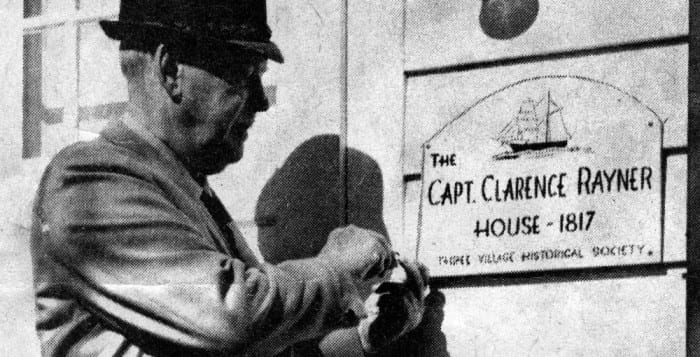By Eric Santiago
Port Jefferson’s school board took a firm stance Tuesday night against the direction in which New York State is moving public education.
In a statement approved at its meeting this week, the board highlighted three of the most controversial pieces of the educational reform agenda: the Common Core Learning Standards, standardized state tests linked to the new curriculum and teacher evaluations that rely on student performance on the former two. They join a growing mass of politicians, teachers and parents who, with a new school year winding up, are renewing a call for the Common Core to be revised or removed.
While the board called the Common Core “a significant step forward in providing a sound curriculum for our students,” the members spoke against what they perceived as a poor job by the state in implementing the more stringent standards, which were launched in New York classrooms a few years ago.
The backbone of the program is a series of standardized tests that track student progress. That data is then used as a component in teachers’ and principals’ annual evaluations. For those reasons, parents and educators have referred to the exams as “high-stakes” tests.
According to the board, it “forces teachers to spend the greatest percentage of instruction time on tested areas” while neglecting other important topics. For example, Common Core emphasizes English and math learning and as a result, the board said, teachers have spent less time on subjects like social studies and science.
The tests have also faced criticism because many parents and educators say they are not properly aligned to the curriculum, and thus include material students would not have learned.
The opposition to the tests has launched an anti-testing movement over the last two years in which parents have declined the tests for their kids, calling it “opting out.” In the last state testing cycle, Port Jefferson saw half of its third- through eighth-graders opt out of the standardized English and math exams.
This hasn’t been lost on state officials.
Last week Gov. Andrew Cuomo (D) announced he would assemble a group of experts, parents and educators to review the Common Core program, saying that he believes the system contains problems.
“The current Common Core program in New York is not working and must be fixed,” he said in a press release.
Cuomo said he will call upon the group to “provide recommendations in time for my State of the State Address in January.”













